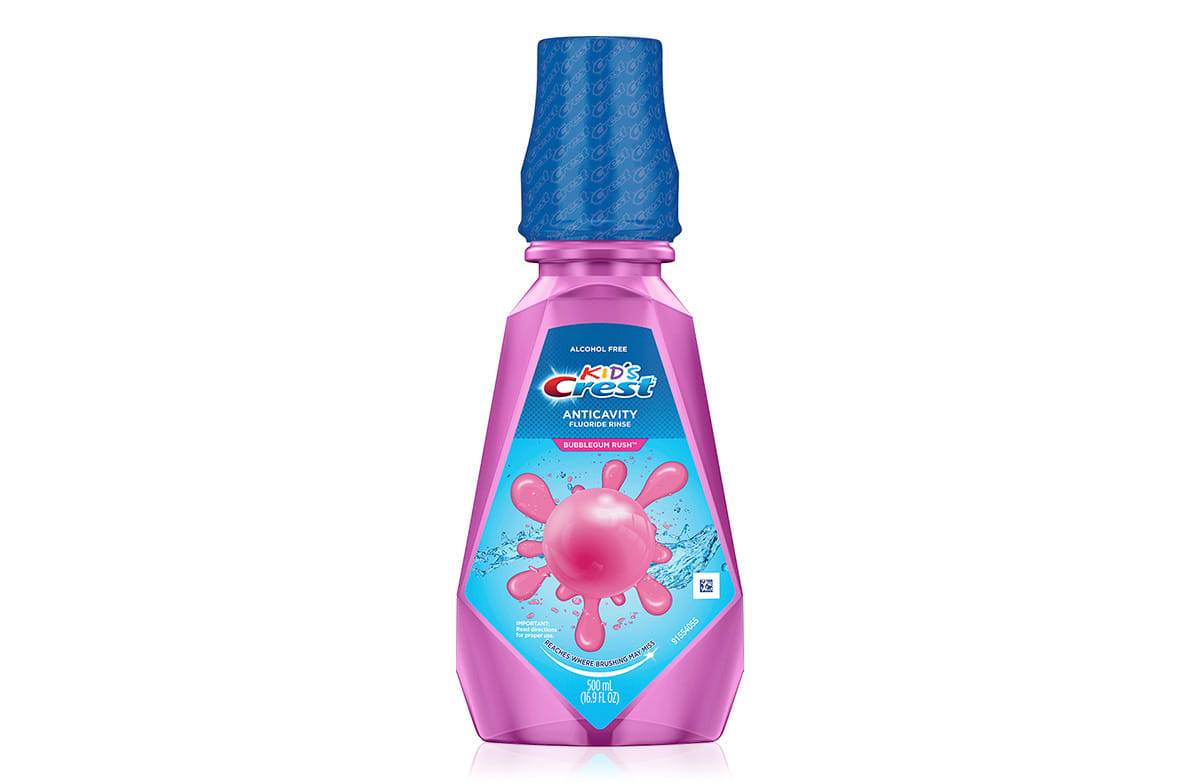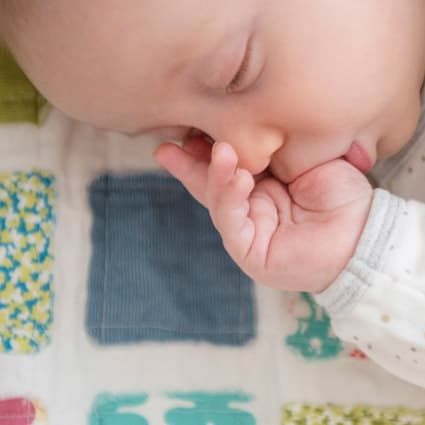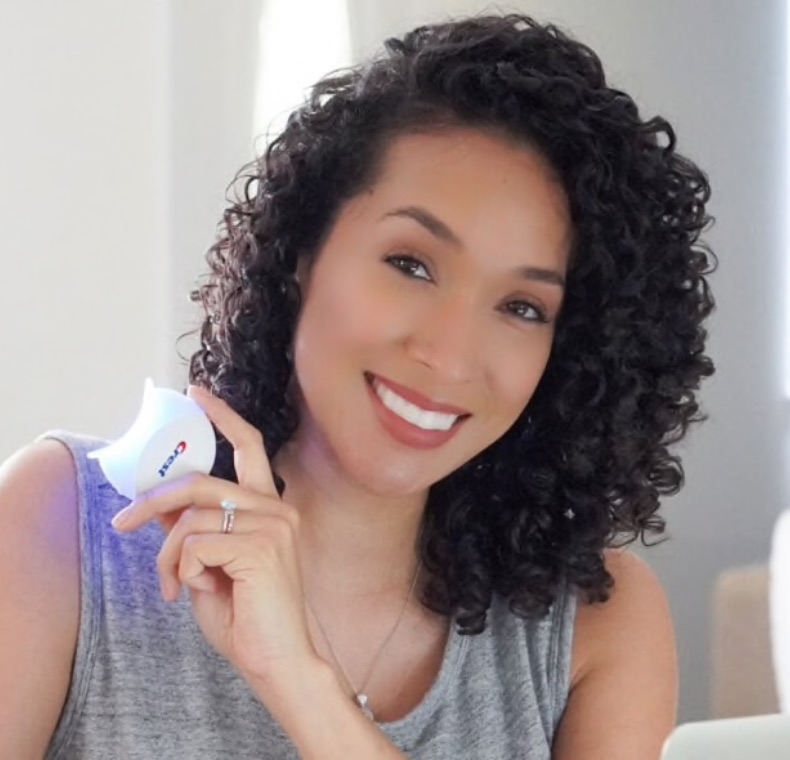KIDS-ORAL-HEALTH
Baby Teeth: When Do They Come in & Fall Out?
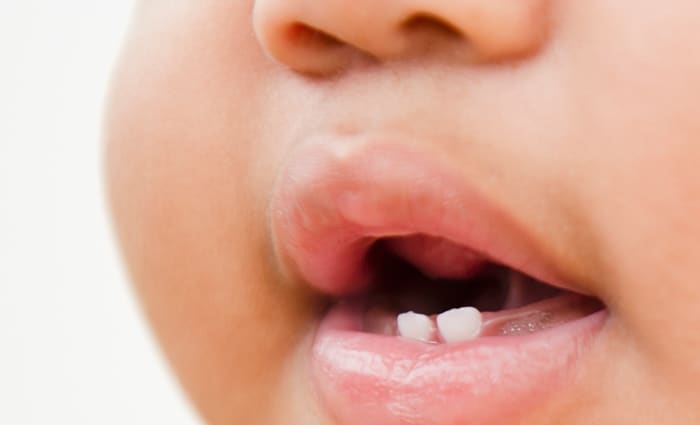 When Do Baby Teeth Come In
When Do Baby Teeth Fall Out
The Emergence Of Permanent Teeth
When Do Baby Teeth Come In
When Do Baby Teeth Fall Out
The Emergence Of Permanent Teeth
Your child’s first set of teeth is as much of a milestone coming in as they are when they are wiggling loose. With the anticipation and anxiety associated with both events, it is understandable that parents want to know when to expect their baby’s first teeth to come in and when those baby teeth will fall out.
When Do Baby Teeth Come In
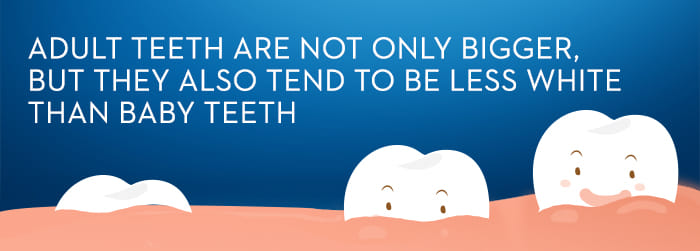
So, how many baby teeth are there? There are 20 primary baby teeth that are already present in a child’s jaw at birth, and they usually start appearing – or erupting– between six months and one year. You can expect your child’s full set of teeth to come in by age three. You can also refer to a baby teeth chart for this. Just remember that every child is different, so no exact dates should be expected, but below is an approximate order of when you can expect baby teeth to come in:
Lower center teeth (or lower center incisors) arrive between approximately six to ten months.
Top center teeth (or top center incisors) arrive around eight to 12 months.
Lateral incisors—just to the side of the center ones—come next between nine and 13 months.
Canines between 16 and 23 months.
Molars are next, with the first molars arriving between 13 to 19 months and the second molars arriving between 23 and 33 months.
When baby teeth begin pushing their way up through your baby’s gums, it can prove to be a very stressful time for both you and your child. Common baby teeth eruption symptoms are inflamed gums, excessive drooling, chewing on things, and irritability. It’s important to bear with your child during this time and maintain proper infant oral hygiene.
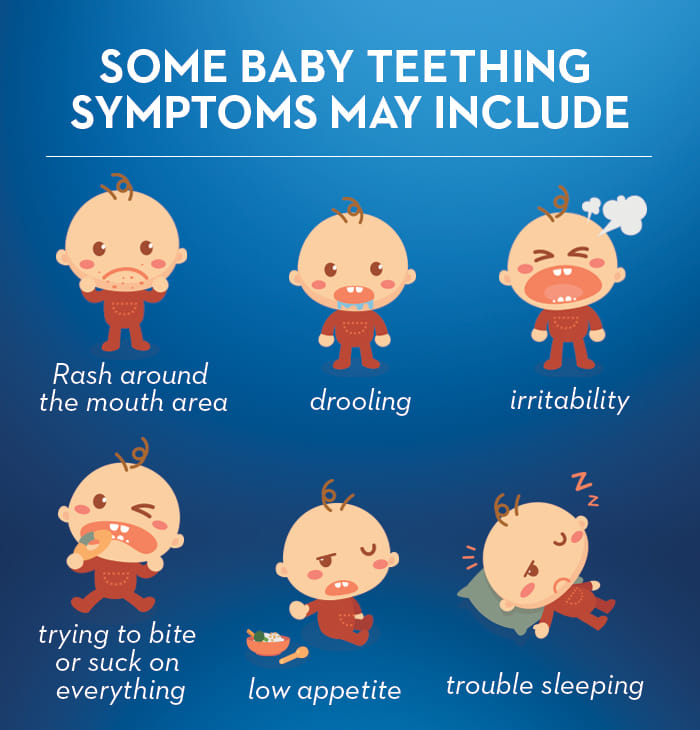
When Do Baby Teeth Fall Out
Once all the baby teeth have fully come in, it is very important to keep up with twice daily brushing to keep them clean and strong. It is recommended that parents brush their kids' teeth until the age of eight. During that time, those new baby teeth will begin to wiggle and fall out.
Baby teeth usually begin falling out in order of appearance. The lower center teeth go first, followed by the top center pair, and so on. This usually starts happening by age six, but some kids can start losing teeth as early as age four. Most children get excited when they feel their teeth start to wiggle (and the Tooth Fairy’s inevitable visit is also a big help), while some kids worry that losing a tooth will hurt when it falls out. If your child is worried, you can reassure him or her that they probably won't feel anything. A baby tooth typically won’t loosen until the permanent tooth below begins pushing it up to take its place. But it is possible for kids to lose a baby tooth before the permanent tooth is ready to erupt.
The Emergence Of Permanent Teeth
Once permanent teeth start coming in, you may notice that these new teeth look bigger, and you are correct. Adult teeth are not only bigger, but they also tend to be less white than baby teeth and have pronounced ridges because they haven't been used yet for biting and chewing.
Discover More
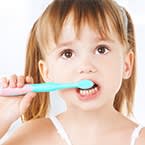 How to Brush Your Teeth for Kids
How to Brush Your Teeth for Kids
